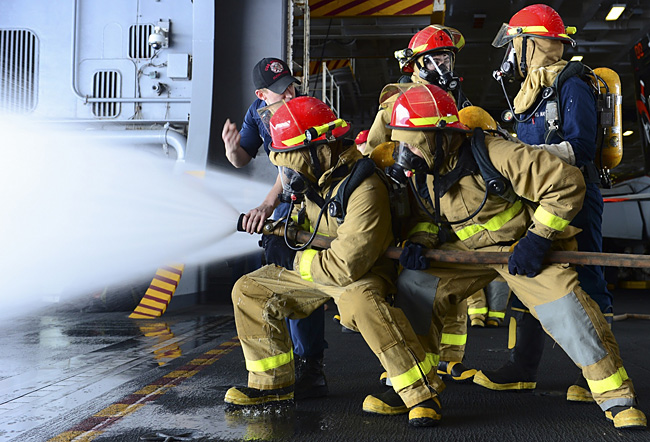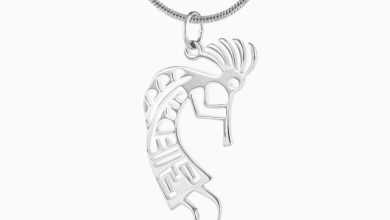Enhance Workplace Safety with FR Shirts: Fire-Resistant Clothing at its Best

In today’s fast-paced and demanding work environments, ensuring the safety of employees is paramount. One crucial aspect of workplace safety, particularly in industries where fire hazards are prevalent, is the use of Fire Resistant (FR) shirts and other fire-resistant clothing. These specialized garments offer a unique combination of protection and comfort, making them an indispensable part of safety protocols in various industries. In this article, we will delve into the world of FR shirts and fire-resistant clothing, exploring their significance, features, and why they are considered the best choice for enhancing workplace safety.
Understanding the Need for Fire-Resistant Clothing
Fire hazards exist in numerous industries, including manufacturing, construction, oil and gas, and firefighting, to name a few. Employees working in these sectors are exposed to various risks associated with flames, heat, and electric arc flashes. In such high-risk environments, traditional clothing is insufficient to provide adequate protection.
This is where Fire Resistant clothing, often referred to as FR clothing, steps in. FR clothing is designed to resist ignition, self-extinguish, and provide an additional layer of protection against heat and flames. It plays a crucial role in reducing the severity of injuries and fatalities in workplace accidents involving fire or high-temperature hazards.
The Role of FR Shirts in Workplace Safety
1. Flame-Resistant Properties
FR shirts are at the forefront of fire-resistant clothing, offering numerous benefits for workplace safety. These shirts are made from specialized fabrics that are inherently flame-resistant or have been treated with flame-retardant chemicals. The primary goal is to prevent the garment from catching fire and to minimize the extent of burns in case of accidental exposure to flames.
2. Protection from Heat and Arc Flashes
In addition to protection from open flames, FR shirts also shield workers from extreme heat and electric arc flashes. Electric arc flashes can occur in environments where electrical equipment is present, such as power plants or construction sites. FR shirts are engineered to resist the intense heat generated during these events, ensuring the safety of the wearer.
3. Durability and Longevity
FR shirts are built to last. They are designed to withstand the wear and tear of daily work activities and frequent laundering while maintaining their flame-resistant properties. This durability ensures that workers are consistently protected over extended periods, making FR shirts a cost-effective choice for employers.
4. Comfort and Breathability
While safety is the primary concern, comfort should not be overlooked. FR shirts are designed with the wearer’s comfort in mind. They are available in various styles and fabric options, ensuring that workers can perform their tasks comfortably. Modern FR fabrics are lightweight and breathable, reducing the risk of heat stress during long shifts.
Choosing the Right FR Shirts
Selecting the appropriate FR shirt is crucial to ensuring workplace safety. Here are some key factors to consider when choosing FR shirts for your workforce:
1. Compliance with Safety Standards
Ensure that the FR shirts you select comply with industry-specific safety standards. These standards outline the minimum requirements for flame resistance and other protective features. Compliance ensures that your workers are adequately protected.
2. Fabric Selection
FR shirts are available in different fabric options, including cotton, Nomex, and blends. The choice of fabric depends on the specific hazards your workers face. For example, Nomex is highly resistant to heat and flames and is often preferred in industries with severe fire risks.
3. Fit and Sizing
Proper fit is essential for both comfort and safety. Ill-fitting FR shirts can compromise protection and hinder movement. Consider providing a range of sizes to accommodate the diverse body types of your workforce.
4. Layering Options
FR shirts are often part of a layered approach to safety. Consider whether the shirts can be easily layered with other protective gear, such as FR jackets or coveralls, to provide comprehensive protection.
Maintaining FR Shirts and Fire-Resistant Clothing
Once you’ve selected the right FR shirts for your workplace, it’s crucial to maintain them properly to ensure their effectiveness. Here are some maintenance tips:
1. Regular Inspections
Frequent visual inspections of FR shirts are essential. Look for signs of wear and tear, damage, or contamination. Damaged FR clothing should be repaired or replaced promptly to maintain protection levels.
2. Follow Manufacturer Guidelines
Adhere to the manufacturer’s care and maintenance instructions. These guidelines may include specific washing and drying instructions to preserve the flame-resistant properties of the fabric.
3. Laundering Practices
When laundering FR shirts, avoid using fabric softeners, bleach, or detergents with additives that can reduce flame resistance. Use a mild, FR-safe detergent, and wash the clothing separately from non-FR garments.
4. Storage
Store FR shirts in a clean, dry environment away from direct sunlight and heat sources. Proper storage helps prevent contamination and extends the life of the clothing.
Conclusion
In workplaces where fire hazards are a constant concern, FR shirts and fire resistant clothing are indispensable tools for enhancing safety. These garments provide protection against flames, heat, and arc flashes while offering comfort and durability. When choosing FR shirts, it’s crucial to consider factors such as compliance with safety standards, fabric selection, fit, and maintenance practices.
Investing in the safety of your workforce by providing high-quality FR shirts not only reduces the risk of injuries but also demonstrates your commitment to their well-being. In the world of workplace safety, FR shirts are indeed the best choice for ensuring that employees can perform their tasks with confidence and peace of mind, knowing they are well-protected against fire hazards.




